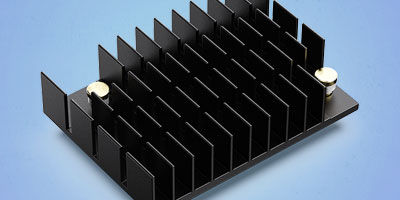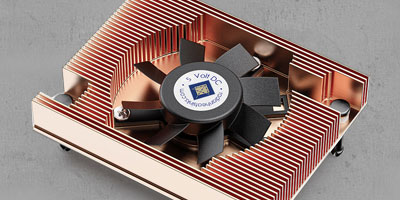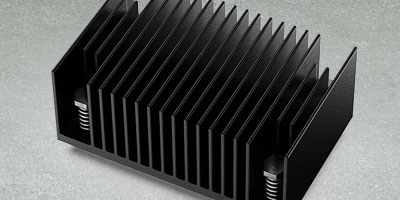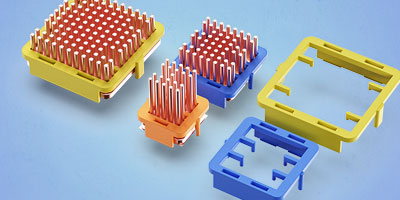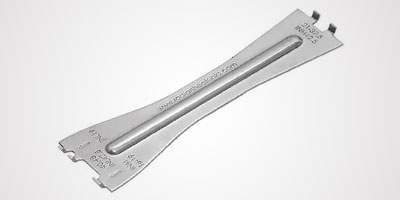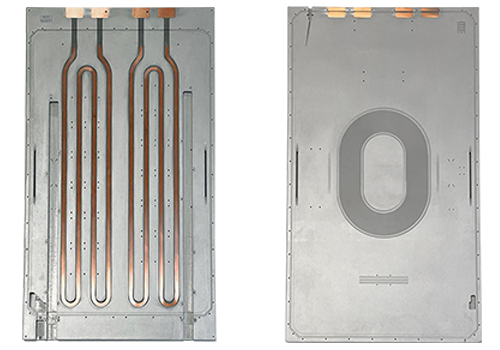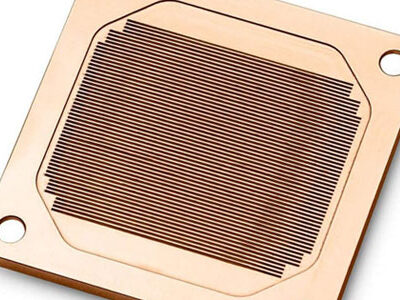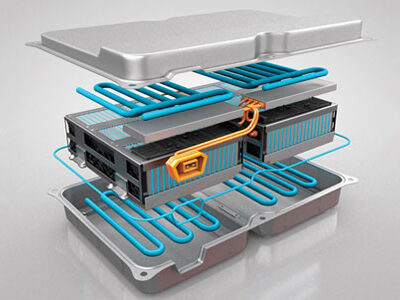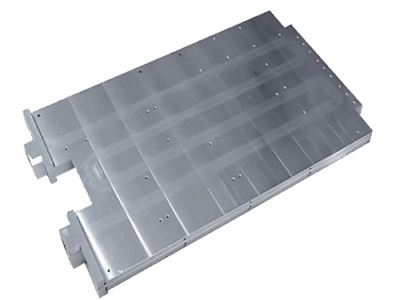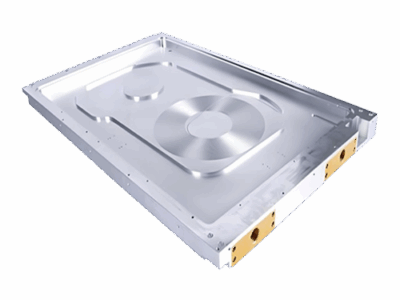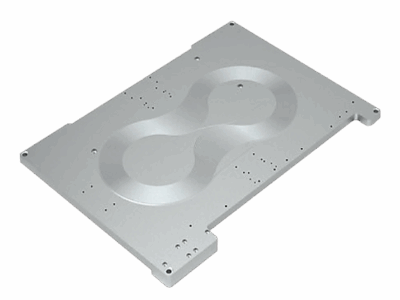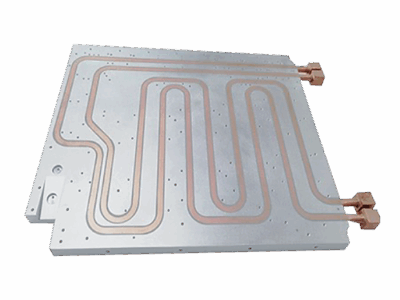Cold plates are specialized heat exchangers designed to transfer heat away from critical components, maintaining optimal operating temperatures. They typically consist of a solid metal plate with fluid channels integrated into their structure. The primary function of a cold plate is to absorb heat from a source—such as a semiconductor device—and transfer it to a coolant, usually liquid or a specialized refrigerant, which then carries the heat away from the system.
Cold plates are essential components in thermal management systems, particularly for applications requiring efficient heat dissipation. They play a critical role in various industries, including electronics, aerospace, automotive, photonics and renewable energy. As devices become more powerful and compact, the need for effective cooling strategies has surged, making cold plates a focal point in thermal management technologies.
